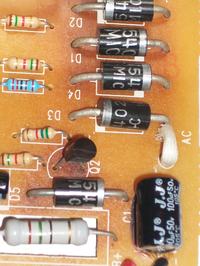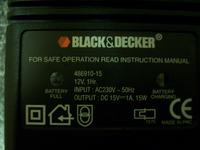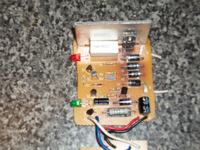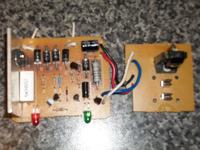hobby12
Junior Member level 3
- Joined
- Feb 27, 2011
- Messages
- 30
- Helped
- 0
- Reputation
- 0
- Reaction score
- 0
- Trophy points
- 1,286
- Location
- west midlands-Birmingham
- Activity points
- 1,504
hi, could anyboy tell me the output of a 230v transformer, the two wires from the secondary go to a pcb Ac input, i cannot work out the input from the transformer to the pcb because it has faild. i no the output of the pcb is 15vdc/1A/15W, So my question is what new transformer do i need to purchace. Can anyboy work this out?...:-?:




